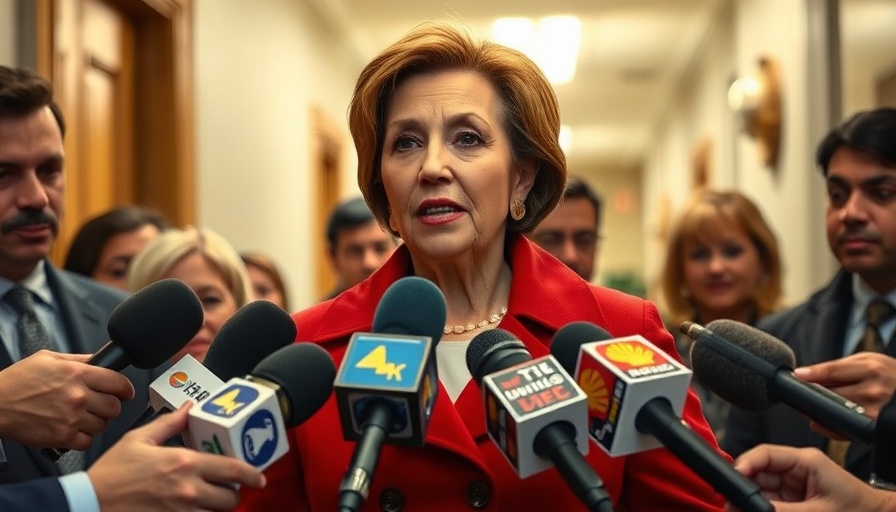
Understanding Toxic Workplace Language
In today's fast-paced work environment, effective communication is crucial for fostering motivation and productivity. However, some language used by managers can have the opposite effect. Zach Mercurio, a leadership and workplace researcher, identifies three toxic phrases that can undermine employee morale and performance:
- "Don't forget that you're replaceable."
- "No one’s coming to save you."
- "You’ve got to prove yourself."
The Impact of Negative Phrases
Mercurio argues that while these phrases may be intended to spur employees into action, they often induce fear rather than motivation. When employees feel replaceable, it can lead to a decline in their self-worth and capability. According to Mercurio, "When people feel replaceable, they tend to act replaceable." This perspective can lead to a downward spiral in productivity as employees begin to disengage from their work.
What Motivates Employees?
So, what kind of language can motivate employees? Instead of using scare tactics, Mercurio suggests that setting lofty yet attainable goals can instill a sense of purpose and motivation. By focusing on what employees can accomplish rather than on threats of replacement, leaders can create a more positive workplace culture. Encouragement and acknowledgment of individual strengths and contributions can lead to a more engaged and productive workforce.
The Importance of Positive Leadership
Effective leadership hinges on a leader's ability to foster a culture of appreciation and recognition. By avoiding toxic phrases, leaders not only boost their team's morale but also create an environment where creativity and collaboration can flourish. Employees who feel valued and understood are more likely to contribute innovative ideas and solutions, further driving productivity within the team.
Future Predictions: A Shift Towards Empathy
As workplaces evolve, the demand for empathetic leadership is on the rise. Companies are beginning to understand that a supportive environment can lead to enhanced performance, lower turnover rates, and overall satisfaction among employees. Organizations focusing on employee well-being will likely see better financial performance, as happy employees drive productivity and creativity.
Counterarguments and Diverse Perspectives
While Mercurio highlights the negatives associated with fear-based language, some leaders believe tough love is necessary in high-stakes environments. They argue that a certain level of pressure can motivate individuals to excel. However, the consensus is shifting towards creating environments where employees feel secure and appreciated, highlighting the need for balance in leadership styles.
Decisions You Can Make With This Information
Understanding the impact of workplace language can empower employees to advocate for healthier communication practices within their teams. They can also adopt a proactive approach by addressing these phrases directly with their managers or HR departments, fostering a more inclusive and supportive work environment.
Actionable Insights for Prevention of Toxicity
Leaders looking to improve workplace culture can start by evaluating the kind of language they use. Replacing negative phrases with affirming language can dramatically change the morale of a team. For example, instead of saying, "You have to prove yourself," leaders can express, "I believe in your potential; let’s work together on your goals." This shift not only inspires confidence but also builds trust and loyalty within teams.
Frequently Asked Questions About Workplace Communication
Q: How should a manager respond if they’ve used a toxic phrase?
A: Acknowledge the mistake and apologize. Open communication allows for growth and enhances the bond between managers and employees.
Q: What are some alternative phrases to use?
A: Instead of using fear-based language, phrases like "Your contributions matter greatly" or "I appreciate your hard work" can foster positive relationships.
Conclusion: Reclaiming Workplace Communication
In a rapidly evolving work environment, the language used can either empower or diminish potential. By adopting more positive communication styles, leaders can create workplaces that thrive on collaboration and motivation. Employees deserve to feel valued and secure in their roles, and fostering this environment is crucial for both individual and organizational success.
It's time for businesses to rethink their communication tactics. Exploring creative ways to motivate and engage employees—without fear—creates a healthy working environment. Embrace the conversation about positive language in the workplace, encourage others to share their experiences, and consider implementing changes that could transform your team's dynamics.
 Add Row
Add Row  Add
Add 




Write A Comment